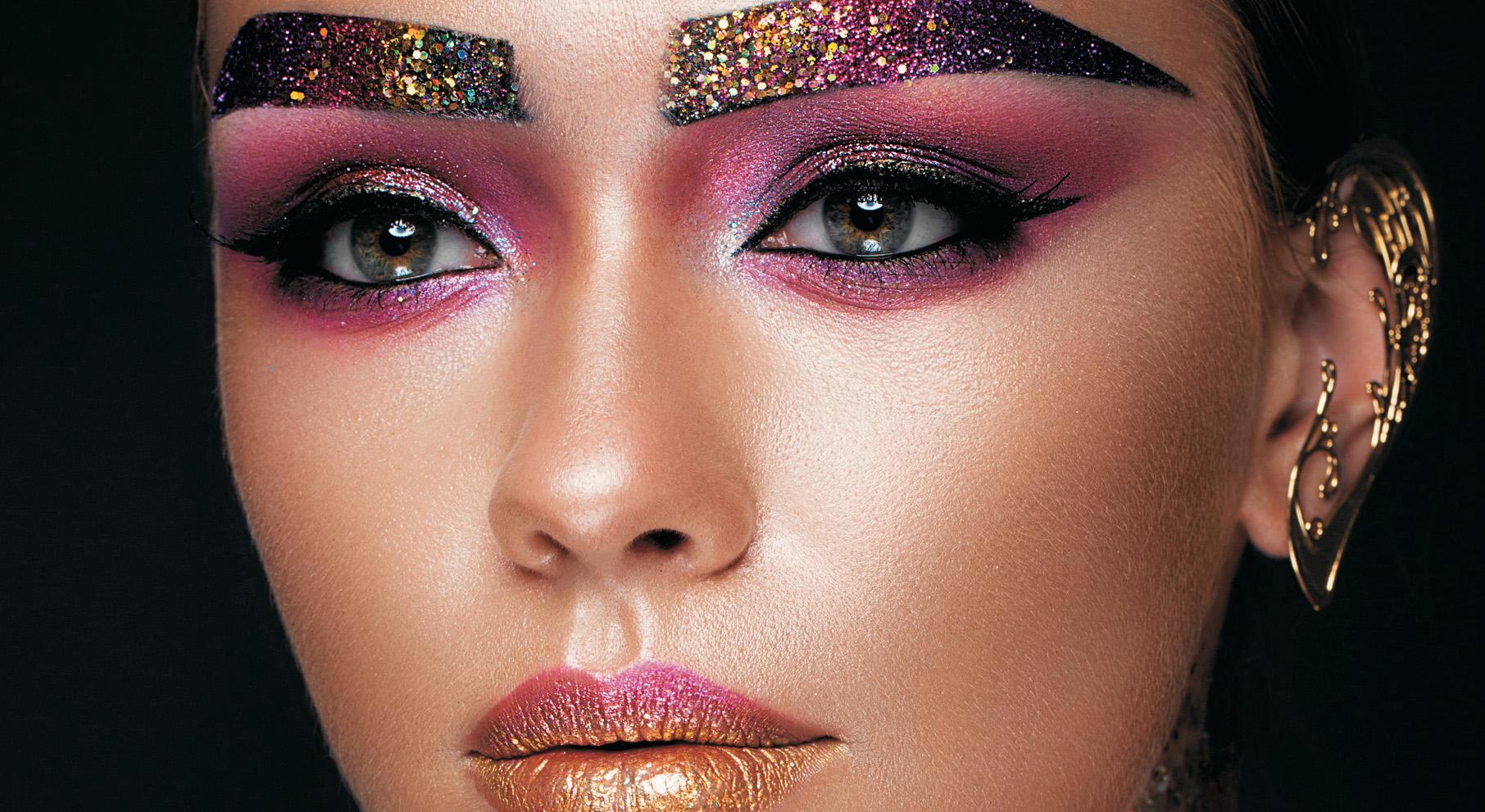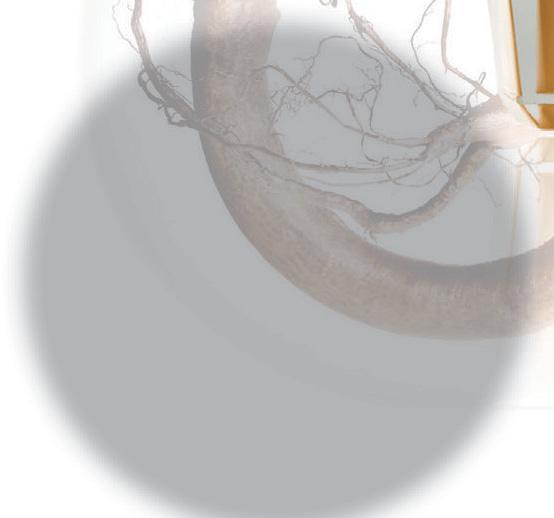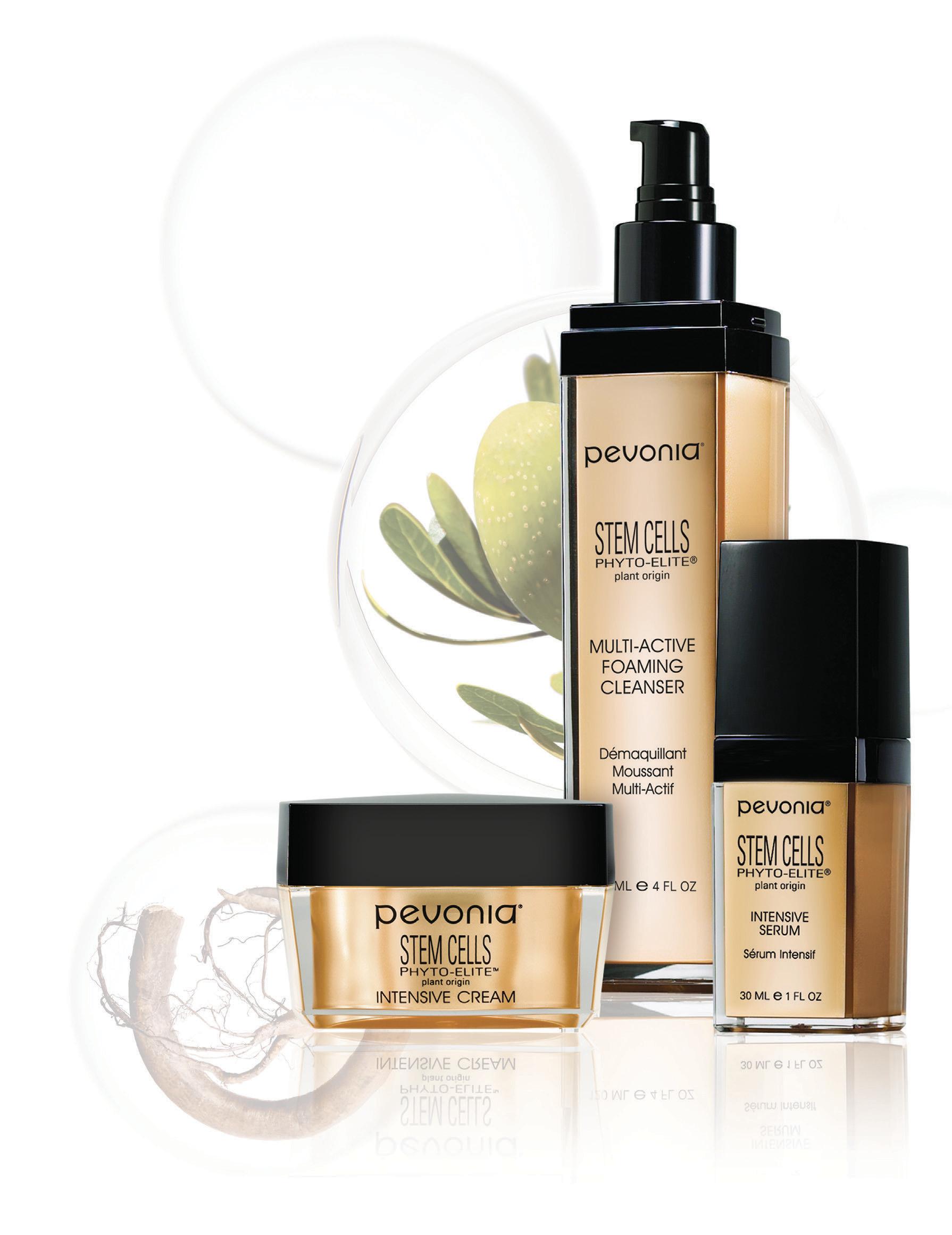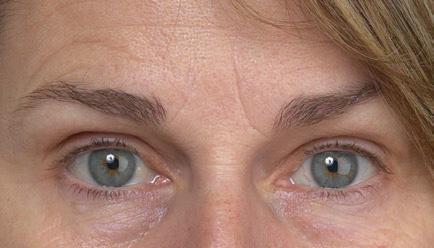
5 minute read
Is Metabolism the Key to Disease and Aging?
Ancient Beauty Secrets
The search for everlasting youth and longevity didn't just start. As a matter of fact, the ancient Egyptians, the Chinese and other cultures around the world have long searched for secrets and tips to enhance longevity and create a younger looking appearance. This article will briefly explore some of the methods ancient cultures used to maintain their youth. Ancient Egyptian Beauty Secrets
Advertisement
Sure, the ancient Egyptians built pyramids, but they are also known as the first society who developed the study of cosmetology. Ancient Egyptians who could afford it did not use soap when they bathed, but a form of baking soda, known to create soft, clean and well-hydrated skin. Mixing water and natron, a by-product of sodium bicarbonate or sodium carbonate resulted in a cream that can very well be considered the very first night cream product. Ancient Egyptians were also very careful to use oils for skin care, a very important practice given the hot, dry climate of their environment. Such oils were liberally spread over the skin and in the hair on an almost daily basis.
Egyptians appear to have worn their hair long and thick, but many people don't know that Egyptian women often shaved their entire bodies to prevent lice infestations. Ancient Egyptians also used henna to mask graying hair. As a matter of fact, it is known today that the Egyptians dabbled with a wide number of ways to stimulate hair growth in men. In fact, many men applied fats from various animals to their scalps, including the fat of crocodiles, goats, and lions in an effort to ward off baldness. Rosemary oil, castor oil, and almond oil were also used to increase hair growth. Ancient Greek Beauty Secrets
The Egyptians weren't the only ones looking for that elusive fountain of youth. The ancient Greeks looked for the same thing. Grecian women utilized substances and oils that improved healthy skin appearance. One of the most popular ingredients in their skin care products was honey, used to moisturize their skin. Olive oil was used not only to protect the skin, but also to give it a stimulating shine. Greek women used such oils and products to also create skin care creams and perfumes. With these natural ingredients, they created products that not only smelled good, but also were good for their skin.
Many Greek women, especially those belonging to higher classes, were careful to stay out of the sun, as it was known to age and wrinkle the skin. In addition to using olive oil and honey, Grecian women, and men, often took mineral baths. Ancient India
Ancient India was no different when it came to searching for that fountain of youth and antiaging techniques and perpetual youthfulness. Actually, ancient Indians closely guarded their methods and only passed them down generation to generation 'orally' for centuries.
Of all the beauty aids used by ancient Indians, sandalwood is the most important. Sandalwood has been used for thousands of years as a base to create medicines and creams. Two basic kinds of sandalwood used in Indian skin care treatments are white sandal, used for makeup and skin care needs, while red sandal was also popular and is used for both medicine and skin care needs. Sandalwood was used to both clean and condition the skin. Today, sandalwood has been proven to moisturize and protect the skin, not only from the harmful rays of sunshine, but as a protection against germs. Ancient Indians developed a recipe for a skin paste to treat acne by using small portions of sandalwood powder mixed with a portion of turmeric. This paste was applied to the skin before bed and left on all night. For a cooling effect in warmer or humid weather, camphor was added to the paste. This paste reduced pimples without scarring in a short period of time.
Indians were very creative with their skin care products. They may be the first to have created the use of the skin mask to treat acne. Sandalwood powder and rosewater creams were spread on their faces and left it on for about 30 minutes. This paste was also used on their torsos, providing relief from heat rashes. Ancient Indian beliefs and philosophy taught that living a harmonious lifestyle that blended body massages and yoga routines to enhance health, strength and youthfulness. Other creations using a combination of plants and herbs produced beauty products and healing potions. These ingredients were designed to balance the skin and scalp at the cellular level and prevent dehydration and aging affects of old and dying skin cells.
Today, everyone knows that stress accelerates the aging process. Of all ancient cultures, the Indian culture seems to have realized the connection between inner body health and outward appearance and as a result, created more products and treatments for a variety of health condition issues.
The ancient Indians were fans of mud treatments, something women today spend hundreds of dollars a year to experience. Such skin rejuvenation treatments, combined with massage still helps to invigorate skin cells for a healthy and refreshed and youthful looking appearance.
This ancient culture also created herbal bathing solutions using floral, herbal, and milk products to lubricate the skin without clogging pores. Steam treatments combining the effects of sesame oil and herbs eliminated harmful toxins from the skin. These days, the mixtures that ancient Indians have been giving themselves for thousands of years are called an aromatherapy steam. Conclusion
Men and women have been searching since the beginning of time for the secrets of anti aging and longevity. While many of these ancient methods remain shrouded in mystery, a multitude of these antiaging techniques are still used today. The containers may be different, and the packaging doesn't look anything like it did 2000 years ago, but antiaging skin care products continue to be one of the most popular items used by men and women to enhance the appearance of youthfulness well in to the 21st century. Many of those ingredients contained vital antioxidants that have been proven to regenerate cell growth and defy the aging process.

B













